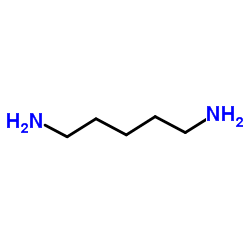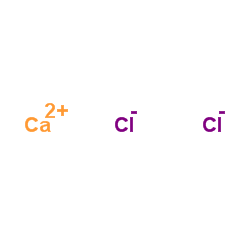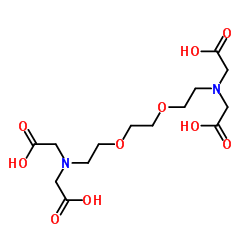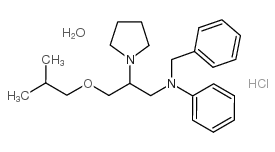| Structure | Name/CAS No. | Articles |
|---|---|---|
 |
sodium chloride
CAS:7647-14-5 |
|
 |
Cadaverine
CAS:462-94-2 |
|
 |
Dimethyl sulfoxide
CAS:67-68-5 |
|
 |
Calcium chloride
CAS:10043-52-4 |
|
 |
Nimodipine
CAS:66085-59-4 |
|
 |
EGTA
CAS:67-42-5 |
|
 |
SODIUM CHLORIDE-35 CL
CAS:20510-55-8 |
|
 |
Bepridil hydrochloride
CAS:74764-40-2 |
|
 |
calcium chloride dihydrate
CAS:10035-04-8 |
|
 |
CNQX
CAS:115066-14-3 |